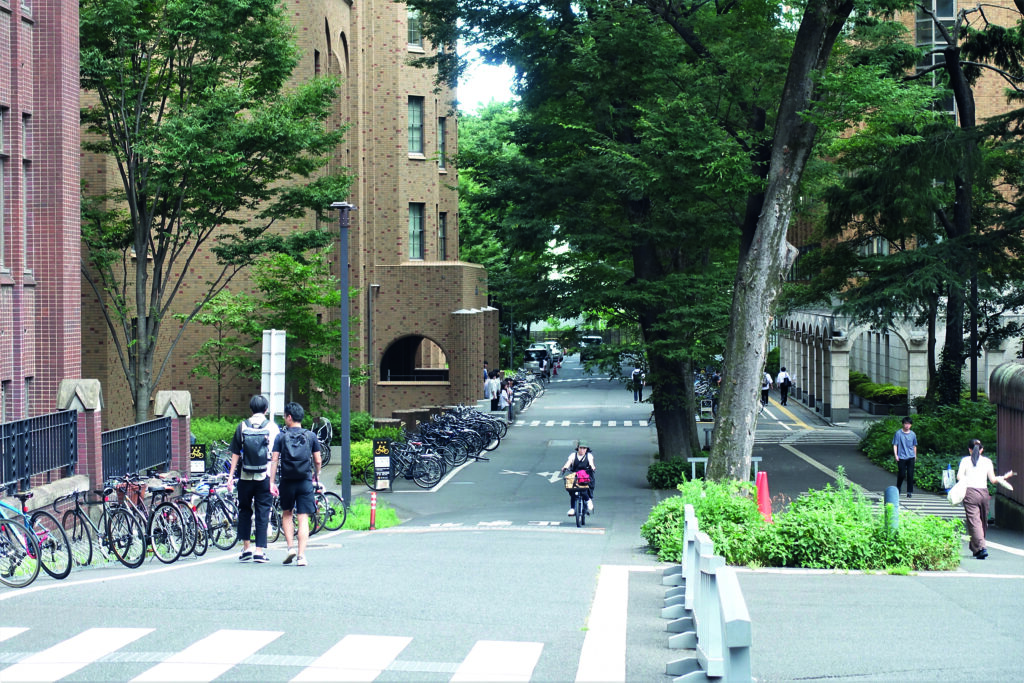An employee who is bought out of their employment can receive anything from a few thousand to millions of kronor. Lund University, for example, paid an employee who was employed to work ten per cent SEK 20,120 to terminate their employment.
An employee at Linköping University received SEK 58,600. The university’s HR director, Pia Rundgren, sees much positive in severance pay. “It provides a way for the employee and the employer to go their separate ways,” she says.
Some received more than a million
Although some receive less than SEK 100,000 to leave their jobs, others have received more than a million in severance pay. At Malmö University, one person within the past two years received SEK 2.4 million to leave. At Karolinska Institutet, the highest compensation was SEK 1,761,870 and at Stockholm University, it was SEK 1,352,000. An employee at the Swedish University of Agricultural Sciences, SLU, received SEK 1,047,000, and at the University of Gothenburg, one person was paid just over a million.
At Chalmers, one person was bought out in 2021 at a cost of SEK 1,009,000. Peter Hallberg, negotiations coordinator at Chalmers, thinks that buying out staff can be a good solution if done correctly. “It can help to resolve an otherwise completely blocked situation. A solution that both the employer and employee feel satisfied with.”
Universitetsläraren asked 17 higher education institutions about their costs for buying out staff in the whole of 2020 and the first half of 2021. Seven years ago, we asked the same question about the whole of 2013 and the first half of 2014.
Costs increased to more than 50 million
Between these two periods, costs increased from a total of SEK 17,134,218 to SEK 50,134,760. Two universities have increased their costs by more than SEK 5 million each. These are Karolinska Institutet and Malmö University.
Buy-outs of employees are not regulated by laws and collective agreements, with one exception. This is if the employer has lost a case brought to the Labour Court and a dismissal has been declared invalid, but the employer still chooses to buy out the employee. Section 39 of the Employment Protection Act regulates what such a dismissal is to cost: 16 months’ salary for up to five years’ employment; 24 months’ salary for between five and ten years’ employment; and 32 months’ salary over ten years’ employment. When higher education institutions negotiate directly with an employee, however, without a preceding verdict from the Labour Court, the remuneration is often significantly lower.
“Buy-outs can never be decided unilaterally, except possibly for payments of the maximum amount specified by the Labour Court,” says Gustaf Floderus, HR strategist at Mälardalen University. “Instead, there is a mutual agreement that the employment will be terminated. I think it’s good that such a solution exists. The reasons for termination can vary, and in cases where there is a conflict that has not been resolved, for example, it is unfortunate that employment ends in such circumstances. In other cases, such a conclusion does not need to involve any conflict.”
In 2021, two employees at Mälardalen University were bought out with 12 months’ salary in severance pay.
Based on an average monthly salary of SEK 50,000, and the 16 to 32 months’ salary stipulated in section 39 of the Employment Protection Act, severance pay would be between SEK 800,000 and 1.6 million, plus social security contributions.
FOOTNOTE: Severance pay means that you receive financial compensation from your employer when you are bought out of employment. Remuneration is not usually regulated in collective agreements, but in the case of senior executives, it may be covered by an individual employment contract.




















